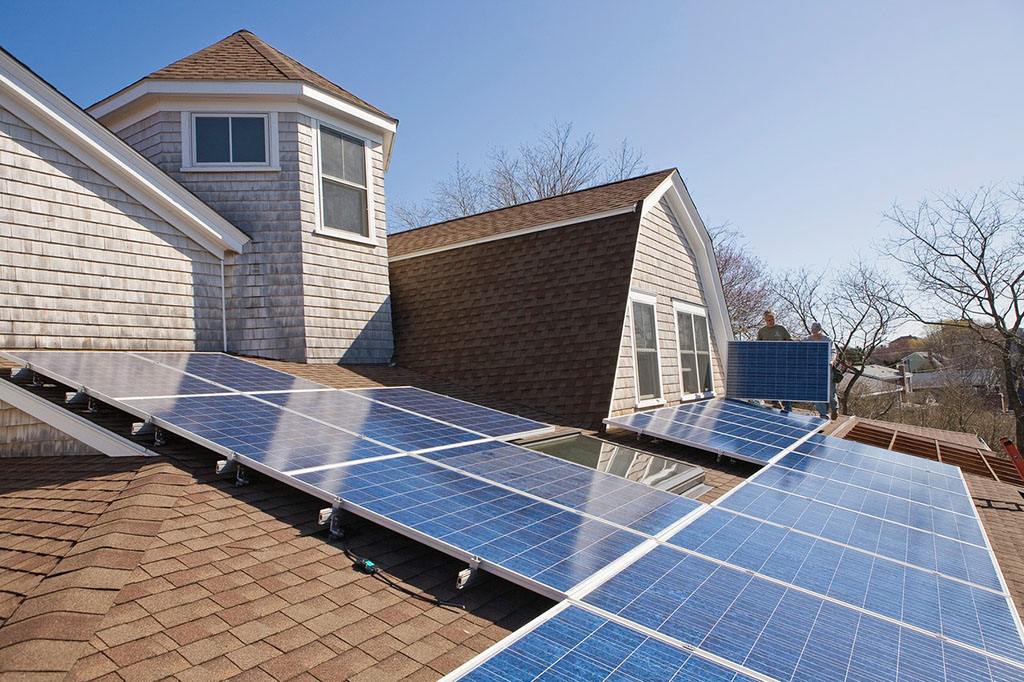Method For Reducing Solar Panel Efficiency Loss
The main reason for the current low solar panel conversion efficiency is the loss of "low energy photon energy" and "high energy photon energy", which limits the theoretical limit efficiency of solar panels to about 40%. The following is a brief description of the improvement method for each loss mechanism.
1. Reduce low energy photon energy loss
With a low bandgap optoelectronic semiconductor material, for example, a typical crystalline silicon has a band gap of 1.1 eV, and thus can only absorb photons having a wavelength shorter than 1100 nm.
2. Reduce high energy photon energy loss
A high band gap optoelectronic semiconductor material is used. In combination with the first two points, the combination of multiple bandgap semiconductor materials can effectively increase the usage rate of photons of different energies.
3. Reduce absorption efficiency and reflection loss: (1) try to use high light absorption coefficient of semiconductor materials; (2) reduce metal electrode area, replace some metal electrodes with transparent conductive electrodes; (3) increase the surface roughness of materials, use anti- Reflective layer material to reduce reflection losses caused by surface reflections.
4. Reduce open circuit voltage loss. Adjust the concentration of doped impurities and the Fermi level of the raw material.
5. Reduce fill factor loss: (1) use surface passivation layer on the surface of the solar panel surface or back electrode to reduce dangling bonds; (2) use high purity (low impurity) solar panel material and better preparation process to reduce the device Internal body recombination; (3) use a good conductor as the electrode, and use a better electrode structure design to reduce the series resistance.




